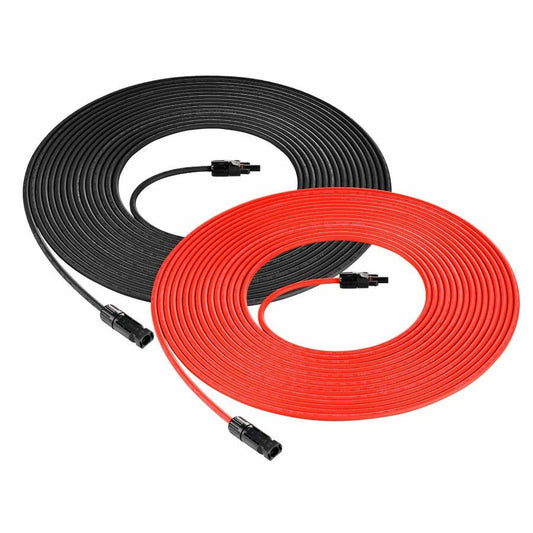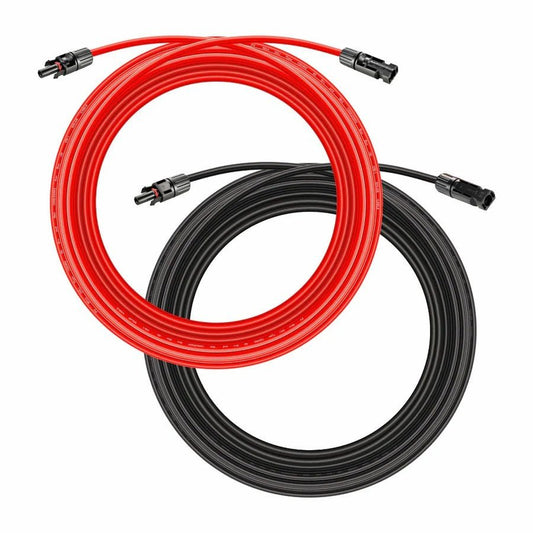Your Cart
Lithium Iron Phosphate Lifepo4 Battery Life

The Comprehensive Guide to Lithium Iron Phosphate Battery Lifespan
In the world of energy storage, Lithium Iron Phosphate (LiFePO4) batteries stand out due to their remarkable lifespan and efficiency. This blog post delves into the lifespan of these batteries, exploring factors that contribute to their longevity and best practices to maximize their life. We will cover everything from the science behind lithium iron phosphate batteries to practical tips for their use in various applications.
Understanding Lithium Iron Phosphate (LFP) Batteries
Lithium Iron Phosphate (LiFePO4) Batteries: LiFePO4 batteries, commonly known as LFP batteries, are a type of lithium-ion battery that uses lithium iron phosphate as the cathode material. This chemistry offers several advantages over traditional lithium-ion batteries, including improved safety, thermal stability, and a longer lifespan.
Key Features of LFP Batteries:
- Safety: LFP batteries are less prone to thermal runaway, making them safer than other lithium-ion batteries.
- Thermal Stability: They can operate effectively over a wide range of temperatures.
- Long Lifespan: With proper care, LFP batteries can last for thousands of cycles.

Factors Influencing Lifespan of LiFePO4 Batteries
The lifespan of lithium iron phosphate batteries is influenced by various factors, including usage patterns, environmental conditions, and maintenance practices.
- Depth of Discharge (DoD): The depth of discharge refers to how much of the battery's capacity is used before recharging. Lower DoD levels generally lead to a longer lifespan. For instance, an LFP battery cycled at 80% DoD will have a longer life compared to one cycled at 100% DoD.
- Charging and Discharging Rates: High charging and discharging rates can stress the battery, leading to reduced cycle life. It's essential to follow the manufacturer's recommendations for optimal charging and discharging rates to ensure the longevity of the battery.
- Operating Temperature: Extreme temperatures can negatively impact the lifespan of LFP batteries. It’s best to avoid both high and low temperature extremes. Operating in a moderate temperature range is ideal for maximizing battery life.
- Storage Conditions: Storing batteries in a fully charged or fully discharged state can reduce their lifespan. It's advisable to store LFP batteries at a partial charge in a cool, dry place.
- Avoid Extreme Temperatures: Both high and low temperatures can adversely affect lithium iron phosphate batteries. Extreme heat can cause thermal runaway, while extreme cold can reduce the battery’s capacity and efficiency.
Best Practices for Maximizing Lifespan of LiFePO4 Batteries
- Optimal Charging Practices: Avoid overcharging and undercharging your LFP batteries. Use chargers specifically designed for lithium iron phosphate batteries to ensure optimal charging voltage and current.
- Regular Maintenance: Perform regular maintenance checks to ensure the battery and its connections are in good condition. Clean terminals and ensure there are no signs of corrosion or damage.
- Balanced Charging: Ensure that all cells in a battery pack are balanced, meaning they have the same voltage. Imbalance can lead to uneven wear and reduced overall lifespan.
- Battery Management Systems (BMS): Using a BMS can help monitor and manage the performance of LFP batteries, protecting them from overcharging, deep discharging, and other potentially damaging conditions.
Applications of Lithium Iron Phosphate Batteries
LFP batteries are used in a variety of applications due to their reliability and long life.
- Solar Energy Storage: LFP batteries are commonly used in solar energy systems to store excess energy generated during the day for use at night. Their long cycle life makes them ideal for this application.
- Electric Vehicles (EVs): Electric vehicles benefit from the safety and longevity of lithium iron phosphate batteries. These batteries provide a stable power source with a long cycle life, making them a popular choice for EV manufacturers.
- Backup Power Systems: For backup power applications, such as uninterruptible power supplies (UPS), LFP batteries offer a reliable and long-lasting solution. They ensure critical systems remain operational during power outages.
- Portable Electronics: While less common than other lithium-ion chemistries, LFP batteries are sometimes used in portable electronics where safety and lifespan are prioritized.
- Marine and RV Applications: In marine and recreational vehicle (RV) applications, LFP batteries are valued for their durability and ability to deliver consistent power over long periods.
Comparing LFP Batteries to Other Battery Types
- Lithium-Ion Batteries: Traditional lithium-ion batteries, such as those using cobalt or manganese oxide chemistries, typically offer higher energy densities but shorter lifespans compared to LFP batteries. LFP batteries, on the other hand, are safer and more thermally stable.
- Lead-Acid Batteries: Lead-acid batteries are cheaper but have a significantly shorter lifespan and lower energy density compared to lithium iron phosphate batteries. They also require more maintenance and have a higher environmental impact due to the use of lead.
- Nickel-Cadmium (NiCd) Batteries: NiCd batteries have a decent lifespan but suffer from memory effect and are less environmentally friendly than LFP batteries. LFP batteries also offer higher energy density and require less maintenance.

The Science Behind Long Lifespan of LFP Batteries
Specific Energy and Energy Density: Specific energy refers to the amount of energy stored per unit mass, while energy density refers to the energy stored per unit volume. LFP batteries have a lower specific energy and energy density compared to some other lithium-ion chemistries, but their stability and long cycle life make them advantageous in many applications.
Cycle Life: Cycle life is the number of complete charge and discharge cycles a battery can undergo before its capacity falls below a certain percentage of its original capacity. LFP batteries can achieve cycle lives of over 4000 cycles at 80% DoD, and even up to 6000 cycles with careful management.
Life Expectancy: Lithium Iron Phosphate (LiFePO4) batteries offer exceptional life expectancy, making them a reliable choice for long-term energy storage. With a lifespan of over 6,000 charge cycles, these batteries provide stable performance, safety, and efficiency for various applications. Ideal for high-demand environments
Lithium Plating and Fast Charging: Lithium plating occurs when lithium metal deposits on the anode during charging, which can degrade the battery. LFP batteries are less prone to lithium plating compared to other lithium-ion batteries, especially when fast charging protocols are followed correctly.
Conclusion
Maximizing the Lifespan of Lithium Iron Phosphate Batteries: To maximize the lifespan of your lithium iron phosphate batteries, it is crucial to understand and implement best practices for their use and maintenance. By paying attention to factors such as depth of discharge, charging and discharging rates, operating temperature, and storage conditions, you can significantly extend the life of your LFP batteries.
Future of LFP Batteries: With ongoing advancements in battery technology, the future of LFP batteries looks promising. As demand for safer, more reliable, and longer-lasting energy storage solutions grows, LFP batteries are likely to play an increasingly important role in various industries, from renewable energy storage to electric vehicles and beyond.
Practical Advice for Users: For those using LFP batteries in any application, it is essential to follow manufacturer guidelines and invest in quality battery management systems to ensure the best performance and longest possible lifespan of your batteries. By doing so, you can enjoy the many benefits of lithium iron phosphate technology while contributing to a more sustainable and energy-efficient future.
By adhering to these practices and understanding the unique properties of lithium iron phosphate batteries, users can optimize their energy storage systems, ensuring safety, reliability, and longevity.
No comments





















0 comments